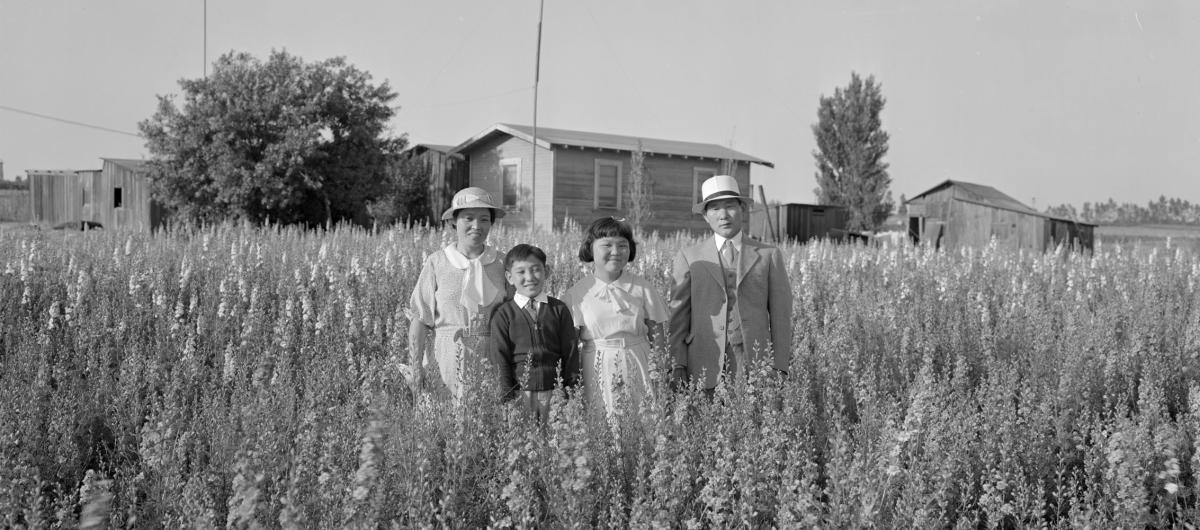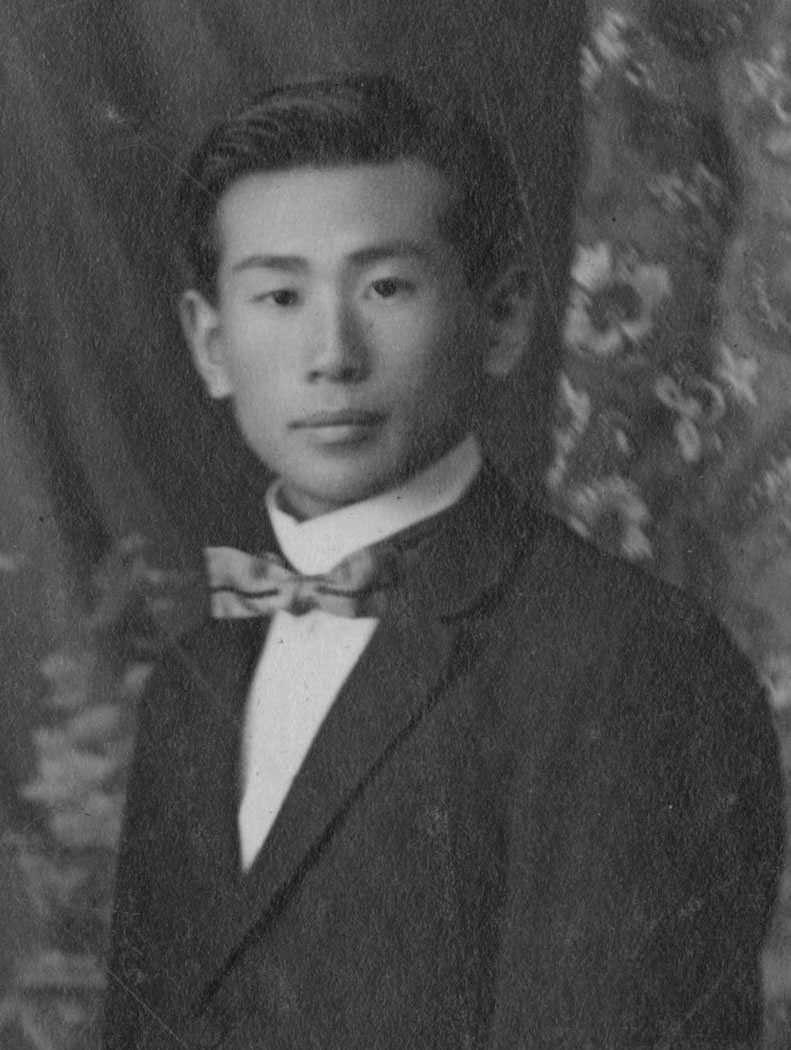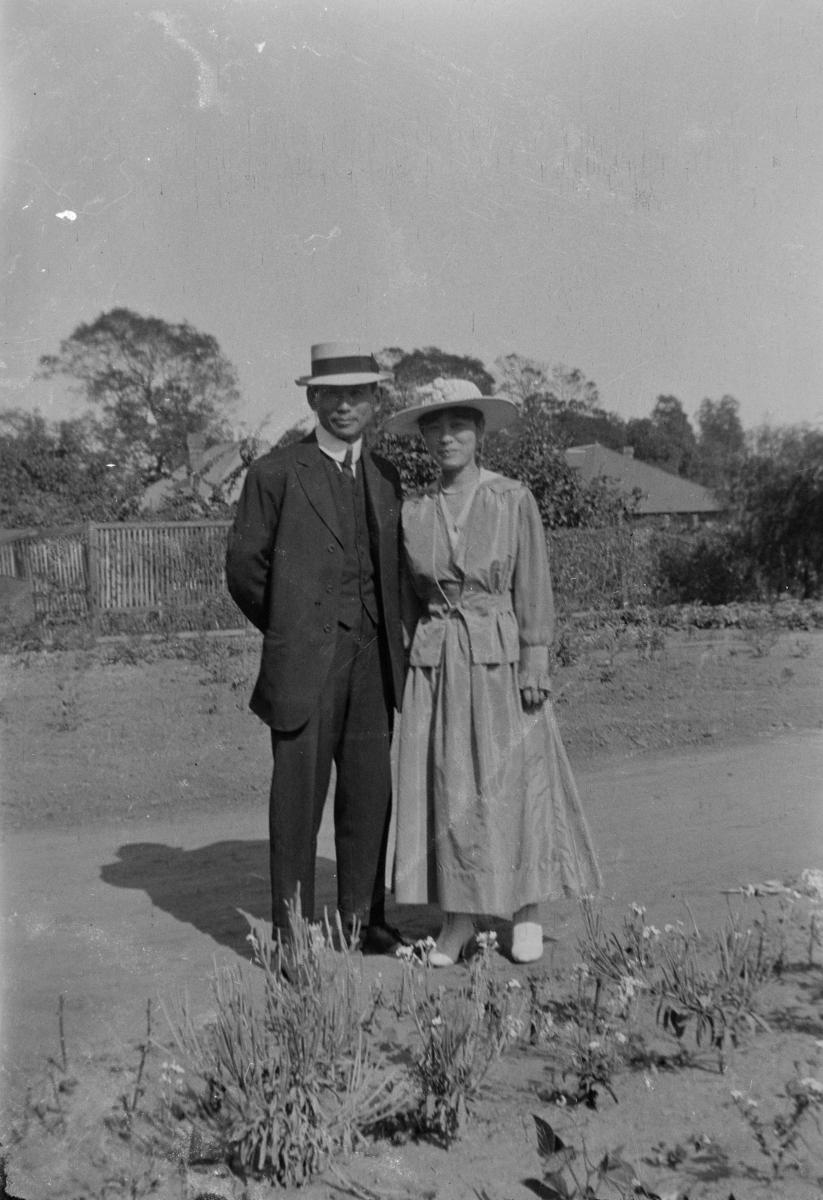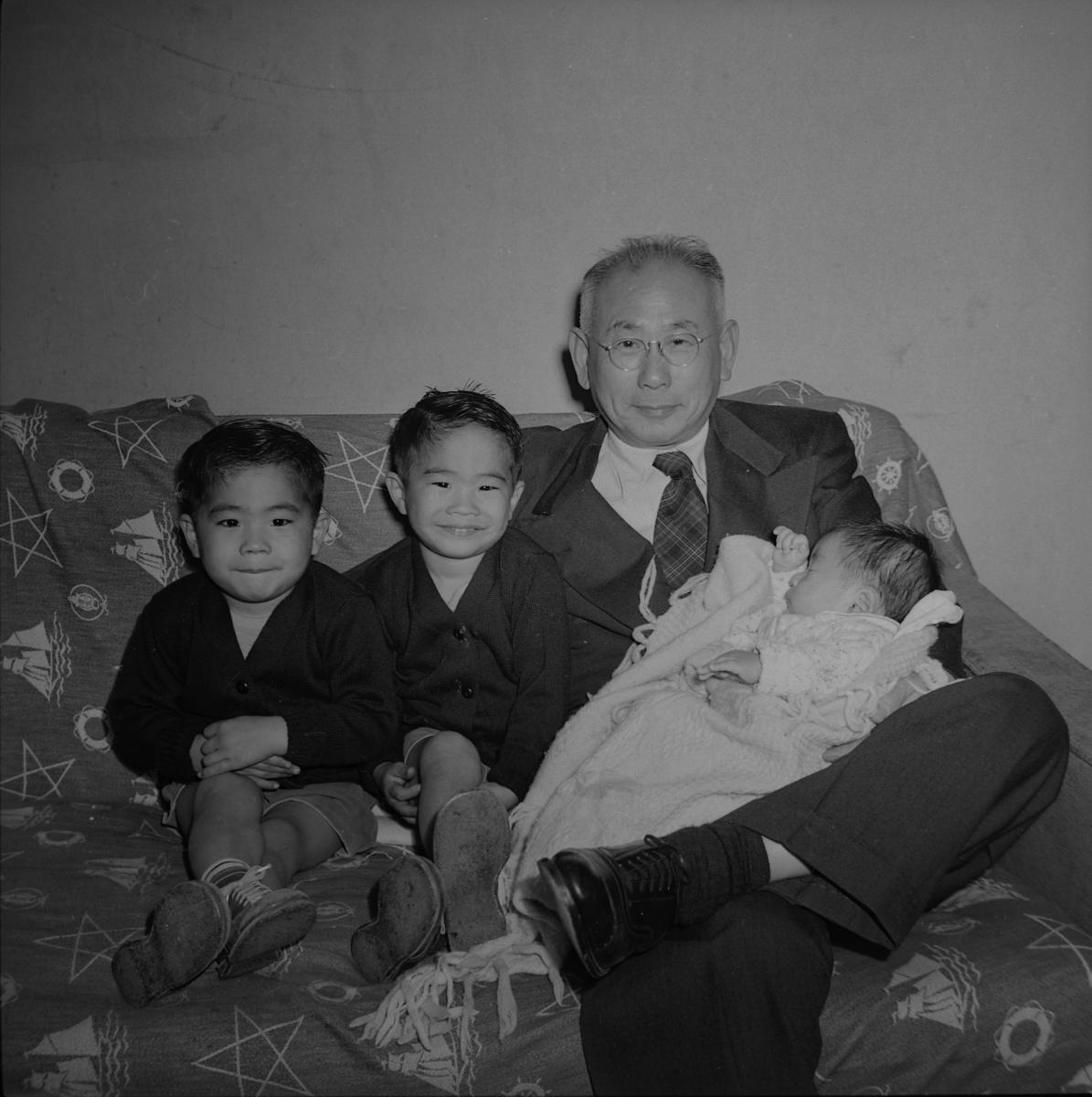
Chikashi Tanaka was born to Yasuhei Tsukagoshi and Shina Tanaka on April 21, 1888 in Gokanmura, Gunma Prefecture, Japan. He grew up with ten siblings and was especially close to his sister Kiye. His mother was the daughter of a wealthy landowner and his father was the soncho, the head of the village. His uncle, Giichi Tanaka, was a missionary who inspired the Tanaka household to convert to Christianity. Faith would prove to be a decisive factor in shaping Chikashi’s future.

Japanese American National Museum, Gift in memory of Chikashi & Asa Tanaka and Yasuo “Clifford” & Yuri Tanaka, 2007.61.3_R
Chikashi attended the local school until he was sixteen when he developed a passion for photography. So he set off for the bustling city of Tokyo, just seventy miles east of his village, and found a job as an apprentice at Satow Studio. There he learned the technical skills he needed to launch his career as a photographer.
His uncle, Giichi, was now a missionary in Maui, Hawai‘i. Chikashi’s sister Kiye, and her best friend, Asa Konishi, joined him. All were deeply involved with Giichi’s Congregational Church in Wailuku. Chikashi soon followed, finding work as a photographer at the Japanese-owned Imafuji Photo Studio. When the owner returned to Japan, he sold the studio to Chikashi.
In addition to working as a studio photographer, Chikashi took his craft outside the studio as well. He carried his photography equipment up Mt. Haleakala and took souvenir photos for tourists. He documented important events and captured daily life in the community. Chikashi spent much of his free time with his closest friend, Shinji Kawamura, Kiye and Asa. The four became inseparable.
In 1911, Giichi’s ministry moved to Riverside, California. Chikashi stayed in Maui until 1912, then sold Imafuji Photo Studio and followed the family to California. He opened Tanaka Photo Studio on E. First St. in Los Angeles’s Little Tokyo. In addition to studio portraits, he was commissioned to photograph weddings, funerals, and local businesses. The variety of these photos document the vibrant Japanese American culture in Little Tokyo.
On March 3, 1917, Chikashi married Asa and they had two children together. Yasuo was born in 1918 and May was born in 1921. When Giichi moved to the Japanese Union Church in Little Tokyo, the family were all together once again.

Chikashi and Asa remained involved in their uncle’s church. Yasuo later recalled the church as the focal point of their lives. He described Sundays as an “all day event.” The church was far more than a place of worship. It was a place of community for Japanese Americans in the Los Angeles area. The church held services in both English and Japanese, showed Japanese language films, sponsored social service programs, ran a Japanese language school, and turned the basement into a gymnasium for local youth. In addition to running his highly successful photography business, Chikashi also served as the church treasurer for many years.
This beautiful life of family, community, and service was soon cut short. On December 14, 1941, Chikashi was arrested by the FBI. Despite the fact that he owned a successful photography studio, Chikashi was perceived as a spy due to his extensive photography equipment. He was detained at Tuna Canyon Detention Center. On February 5, 1941, he was transferred to Fort Missoula in Missoula, Montana.
On February 19, 1942, Executive Order 9066 was signed. The rest of the Tanakas were incarcerated in the Gila River concentration camp in Arizona, except for Yasuo who was drafted into the US Army. Yasuo advocated for his parents to be placed in the same camp. Eventually, Chikashi was moved to Gila and reunited with his wife and daughter.
Like so many others, the Tanakas lost their homes, business, and possessions. They were forced to give up everything they could not carry with them into camp. The unique and thriving community, so vividly documented in Chikashi’s photos, was scattered into concentration camps.
In 1944, Chikashi and Asa were released. Unable to return to Los Angeles, they relocated to Denver, Colorado, and May left for Temple University in Philadelphia.

When the war ended, Chikashi and Asa moved back to Los Angeles, the place they considered their home. Chikashi opened a Photomart on San Pedro where he sold photography equipment and processed film. The Photomart was just one block away from his prewar studio.
Chikashi and Asa lived the rest of their lives in Los Angeles. They remained dedicated church goers, loved spending time with their family, and were blessed with eight grandchildren. Chikashi passed away peacefully in his sleep in 1977 at the age of eighty-nine. Asa passed away in 1983 at the age of ninety-two.
Chikashi’s legacy lives on through his family and their contributions to the Japanese American community. His remarkable photos are an invaluable window into the culture and lives of Japanese Americans and Little Tokyo during the prewar era.
The story of the Tanaka family illustrates the power of art, community, and perseverance when faced with injustice. Through the hardships of immigration and incarceration, they always remained steadfast in their devotion to their faith, their community, and to each other.
Recognize someone in the photos? Help us add more details by filling out our form.
Recognize someone in the photos? Help us add more details by filling out our form.
